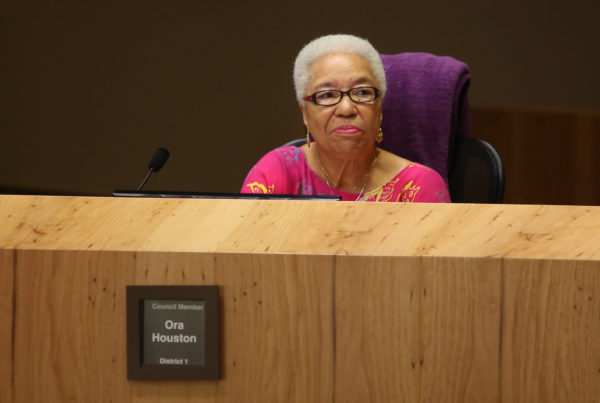The Standard’s news roundup gives you a quick hit of interesting, sometimes irreverent, and breaking news stories from all over the state.
If you live in Texas and you’re a fan of HGTV you probably watch the Waco-based show Fixer Upper. But do you also dabble in Flip or Flop? Tarek El Moussa and his wife Christina are real estate agents and stars of the show.
“Ever since the market crash,”El Moussa says, “it’s been a rocky road with a family to support we’re starting a new business and we’re flipping foreclosures, short sales, and bank-owned properties.”
Even if you’re inspired by HGTV programming, buying a crummy house in the hopes of upgrading it and selling it for more than what you paid is risky business. But some U.S. cities are better markets for house flippers than others.
“Across the board, Texas cities did really well,” says Jill Gonzalez, an analyst with WalletHub. She explains how Texas cities fared against the rest of the country. Out of 150 cities, three Texas cities ranked in the top 10: El Paso in third, Lubbock sixth, and Laredo tenth. Amarillo, Arlington and Austin placed in the top 50.
“No matter where you go in Texas,” she says, “it’s probably going to be in your favor to get into house flipping.”
In West Texas – pronghorns are back again, thanks to a years-long restoration effort. Marfa Public Radio’s Travis Bubenik reports that researchers at Sul Ross State University in Alpine have been working to restore pronghorn populations after the animals’ numbers dropped to 2,000 across the Trans-Pecos region in 2009. They’ve been relocating groups of the animals into the region from the Panhandle, where they’re more abundant.
In the 1980s, 17,000 pronghorn roamed the area. While today’s numbers still aren’t anywhere near that, Dr. Whitney Gann with the Borderlands Research Institute says things are looking better.
“We are just above 5,000 so in just the past 6 or 7 years, we’ve doubled that number and we’re still growing,” Gann says.
Gann says the pronghorn’s decline in recent decades was due to fencing methods that obstructed their movement and an invasive species of brush that harmed grasses that pronghorn eat.
In the desert climate of West Texas, drought has posed issues with breeding pronghorn.
“Unfortunately, in the past 20 to 30 years, we’ve had a period of increased drought frequencies,” Gann says. “That came to a head in 2011 with one of the worst droughts on record in the region.”
Researchers are encouraged by the most recent data showing they had a 90 percent survival rate for the latest round of pronghorn they relocated to the Marfa area, a rate Gann says is “unheard of” in her field. They plan to relocate more pronghorn to the area early next year.
The Green Party held their national convention in Houston over the weekend. The Greens picked Jill Stein as the presidential nominee for the second year in a row.
















